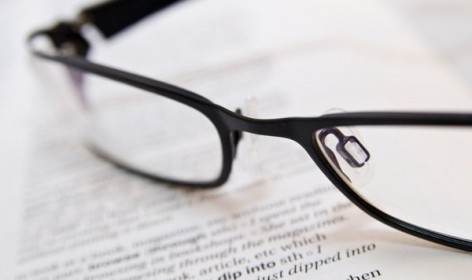
Purpose Driven Reading
If you’re trying to read more efficiently, you need to have a strategy and a specific purpose before you start.
 For most readers encountering new material, there is a natural tendency to simply begin at the top and just start reading. This may seem natural to most people, but it’s not the most optimal way to read most types of material.
For most readers encountering new material, there is a natural tendency to simply begin at the top and just start reading. This may seem natural to most people, but it’s not the most optimal way to read most types of material.
Before reading any type of material, always ask yourself some basic questions such as “what is the purpose of this material?” Is it for pleasure, work, school, or general intelligence? Will you need to take notes? Will you take notes or save it for future reference? What level of difficulty is it? What techniques or strategies will you employ while reading the material? Asking these questions will determine the level of engagement and length of time you will spend reading.
Having a sense of purpose before reading will help you become more engaged. It will also allow you to read with better concentration thus helping you catch more details within the text.
Having a strategy is similar to engaging in an active reading process where you are consciously aware of the material you are reading and the material’s greater context. The details you are seeking will stay with you in the short and long term while the less important details and ideas will fall by the wayside.
This strategy, combined with the highly efficient finger technique (see “The Simplest Way To Read Faster”), will make all your reading highly efficient. This purpose driven strategy can also help you manage the amount of information intake and assist in strategically planning a schedule to work through any type of material.
For example, let’s say you have a one-hundred page fiction novel. Before simply starting on page one, flip through and look ahead to see how many chapters there are. Are there titles to the chapters or a table of contents? Read those titles and a maybe the first paragraph of the chapter.
Even just reading all the titles of the chapters can implant some subtle clues to the book’s contents and trajectory. By knowing the number of chapters, you can then strategically plan out a reading strategy such as two 50-page sessions, two chapters an evening, or even two an hour over the course of a day.
By subdividing any reading task into manageable parts, it helps make the endeavor of reading any type of material much less daunting with an optimal level of engagement.
More Resources:
Paul Nowak
Paul is the founder of Iris Reading, the largest provider of speed-reading and memory courses. His workshops have been taught to thousands of students and professionals worldwide at institutions that include: NASA, Google, HSBC and many Fortune 500 companies.



Comments
Wes
It says 2 min read. But that’s really only 3 seconds at Paul’s speed :)
Paul Nowak
I’m flattered :-)